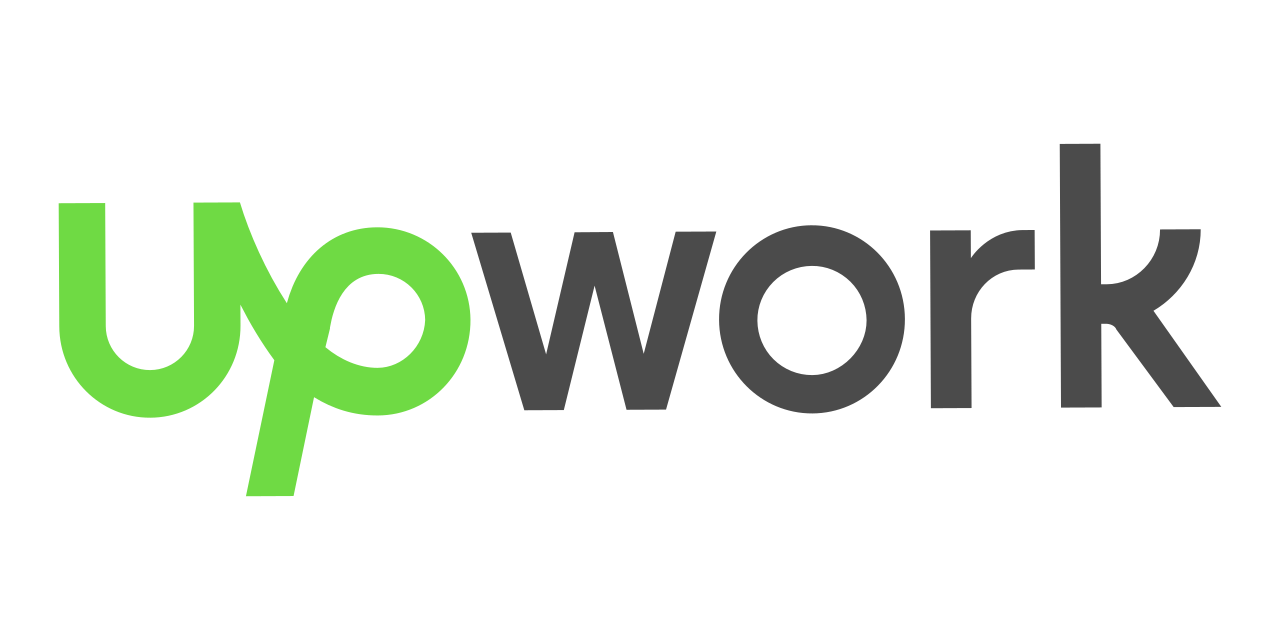B2B email marketing is essential for generating high-quality leads and converting them into loyal customers. Unlike B2C, where buying decisions are often impulsive, B2B sales cycles are longer and more complex. They involve multiple stakeholders and require careful nurturing. A strategic approach to email marketing builds trust over time. It delivers relevant content that guides prospects through each decision stage. This is how B2B email marketing drives predictable revenue and sustainable growth.
The journey begins with understanding your buyer’s path from awareness to purchase. Every successful email marketing strategy is built on a clear knowledge of your audience’s challenges and decision-making process. When a prospect first becomes aware of a problem—such as operational inefficiencies, compliance issues, or outdated technology—they enter the awareness stage. Here, the goal of your emails should be purely educational. Rather than pushing a product, you can share insightful blog articles, industry research, or guides that help prospects better understand their pain points. This establishes your brand as a trusted resource rather than just another vendor eager to sell.
As prospects move into the consideration stage, they start exploring potential solutions. At this point, your emails can introduce case studies, detailed product comparisons, and webinar invitations that highlight how your company has solved similar problems for other organizations. This stage is critical for building trust and demonstrating your value proposition. Incorporating personalized content—such as dynamic sections that address a recipient’s industry or role—can significantly improve engagement. Research consistently shows that personalization drives higher open rates and click-through rates, underscoring its importance in B2B campaigns.
Once prospects reach the decision stage, they’re ready to evaluate specific providers and justify their investment. This is where your emails can be more direct. Offering free trials, product demos, ROI calculators, or limited-time incentives can help tip the scales in your favor. A clear, compelling call-to-action is essential to ensure recipients know exactly what step to take next. But remember, even at this stage, your messaging should stay focused on value and outcomes, not just features.
One of the most powerful tools in modern B2B email marketing is marketing automation. By setting up intelligent drip campaigns, you can automatically deliver timely, relevant content to your prospects over weeks or months. For example, a new subscriber might first receive a welcome email introducing your brand and highlighting popular resources. A few days later, they could receive an educational guide tailored to their industry, followed by a customer success story and eventually an invitation to schedule a personalized demo. This automated nurturing ensures you stay top of mind without requiring manual follow-up at every stage.
However, automation only works if you start with a well-segmented list. Segmenting contacts based on company size, industry, job title, or behavior allows you to craft targeted messages that speak directly to their priorities. A CFO will care more about cost savings and compliance, while an IT manager will be concerned with ease of integration and technical support. The more you tailor your messaging, the more likely it is to resonate.
Beyond segmentation, optimizing your email deliverability is crucial. Even the most brilliant campaigns fail if your messages never reach the inbox. To improve deliverability, it’s important to authenticate your sending domain using SPF, DKIM, and DMARC protocols. Regularly cleaning your list by removing invalid addresses and disengaged contacts will help maintain a strong sender reputation. Additionally, always comply with regulations like GDPR and CAN-SPAM to avoid penalties and protect your brand’s credibility.
While many marketers obsess over open rates, it’s equally important to track metrics that reflect true engagement and sales readiness. Key performance indicators like click-through rates, conversion rates, and lead scoring can offer powerful insights into which contacts are most interested and which content resonates best. For instance, if a contact repeatedly clicks on case studies and pricing pages, assigning them a higher lead score helps prioritize them for faster sales follow-up. Modern marketing platforms like HubSpot and Marketo make this process seamless, integrating with CRM systems to create a unified view of each prospect’s journey.
Another often overlooked aspect of B2B email marketing is the importance of post-purchase communication. Many companies stop emailing once a contract is signed, missing an enormous opportunity to build long-term loyalty and increase lifetime value. After closing a sale, you can use onboarding emails to help customers get started, product update announcements to keep them engaged, and satisfaction surveys to gather feedback. Over time, these touchpoints reinforce your brand’s value and encourage referrals or repeat purchases.
It’s also essential to approach your email content strategy as a dynamic process. What resonates today may not work tomorrow. This is why A/B testing different subject lines, layouts, calls-to-action, and send times can reveal insights that drive continuous improvement. For example, you might discover that sending emails on Tuesday mornings results in a significantly higher open rate compared to Fridays. Or you may find that shorter emails with a single, focused CTA outperform long newsletters.




